Aragon is a landlocked region in north-eastern Spain. While it’s celebrated for its distinctive Moorish-style Mudejar architecture, it has plenty of lesser-known attractions that are sure to lure you off the well-trodden path.
Discover Aragon’s cities and medieval villages with their fairy-tale fortresses, fantastic tapas bars, and laidback way of life. Or wander off into the region’s national parks, where you can discover extraordinary natural sights untouched by tourists, spot endangered wildlife and birds, and indulge in unforgettable outdoor adventures. Explore Spain most underrated region with our list of the best places to visit in Aragon.
Map of Aragon, Spain
10. Calatayud
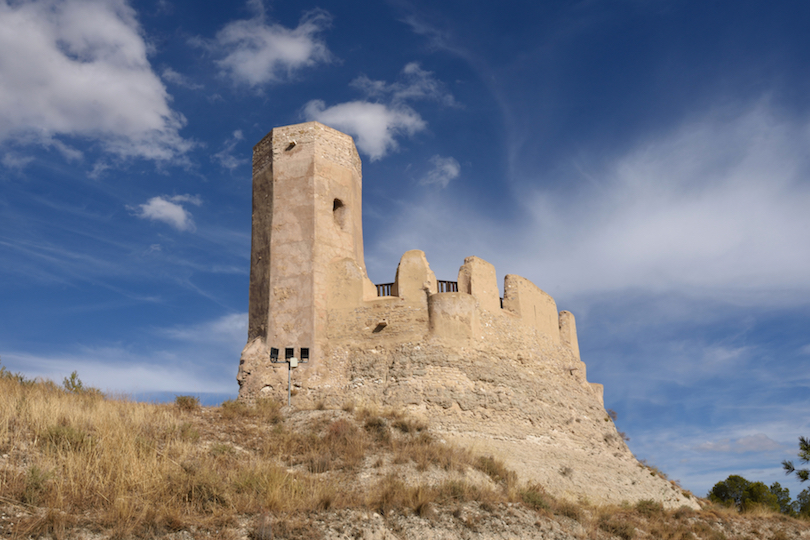 © Josep Curto / Dreamstime
© Josep Curto / DreamstimeSet on the river Jalon and surrounded by the Sistema Iberico mountains, Calatayud is the fourth-largest town in Aragon. Dating back to Roman times, it was built as Augusta Bilbilis on the former site of a Celtiberian city, but soon abandoned.
The Moors rebuilt the modern city as we know it close to the Ayyub castle around 716 CE. Today, the historic center of Calatayud is home to a bustling market, small shops, and some of the finest examples of Mudejar architecture in Aragon.
Take a look at the Church of San Pedro of the Franks with its unusual leaning tower, the Church of Santa Maria, and a Mudejar-inspired belfry known as La Parraguia de San Andres.
Other interesting sights include the Collegiate Church of St Mary Major, a brick church built on the site of a former mosque, the 16th-century Terrer Gate, and the abandoned cave houses carved into the rocks above the city. Whatever you do, don’t miss the ruins of Bílbilis – the birthplace of Martial, a famous poet born here in 40 AD. Old Bilbilis has five astonishing castles surrounded by fortified walls that are well worth exploring.
9. Tarazona
 © Milosk50 / Dreamstime
© Milosk50 / DreamstimeEstablished during the Roman era at the foot of the Moncayo Mountain, Tarazona was once a prosperous Roman city. After the fall of the Roman Empire in the 8th-century, it became a Muslim town before it was conquered by Alfonso I of Aragon and became the seat of the diocese of Tarazona. As time went on, the population grew to include Christians, Jews, and Muslims, and much of this influence has been fused into the city today.
Legendary for its impressive architecture, Tarazona is home to one of the most unusual cathedrals in Aragon – one that combines a Gothic structure with Mudejar towers and a Baroque facade.
Other highlights include the Renaissance-style Bishop Palace, 16th-century Town Hall, and the Mudéjar-style Church of La Magdalena and Convent of Concepción. The 18th-century polygonal bullring is a real highlight – surrounded by houses, it’s the only inhabited bullring in the world!
For those with an interest in wining and dining, Tarazona offers some of the best restaurants and hospitality in Aragon. In fact, many of the activities revolve around food and drink, the most famous being the Festival of San Atilano. Held in August, this unusual festival involves a ‘Cipotegato,’ who runs through the town and gets pelted with tomatoes.
8. Posets-Maladeta Natural Park
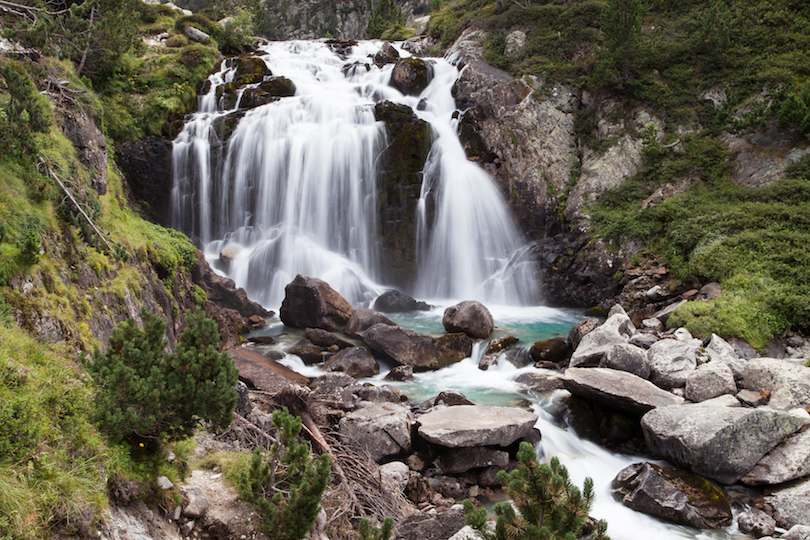 © Fontoba / Dreamstime
© Fontoba / DreamstimeThe Posets-Maladeta Natural Park is nestled in the north-eastern Pyrenees and boasts some of the highest summits in the Iberian Peninsula. The park itself is well-loved for its diverse ecosystem that ranges from abundant glaciers and snow-capped mountains to scenic alpine lakes and dense highland forests.
The oh-so-photogenic landscape is home to a rich diversity of wildlife, such as bears, otters, deer, wild boar, mountain goat, and marmot – making a hike through the park a true adventure for nature lovers. Spread over three oriental valleys, Posets-Maladeta Natural Park encompasses the quaint villages of Benasque, Gistaín, Montanuy, Sahún, San Juan de Plan, and their surrounds.
Marked hiking trails are available, and as each trail climbs to different levels of altitude, there’s something for all fitness levels.
If you’re interested in birds, pack your binoculars – golden eagles, vultures, and bearded vultures are often spotted here. If you’re lucky, perhaps you’ll even see a boreal owl. One thing is for certain: you’re promised plenty of fresh air!
7. Castle of Loarre
 © Juan Ignacio Polo / Dreamstime
© Juan Ignacio Polo / DreamstimePerched precariously on a rocky outcrop in the southern foothills of the Pyrenees, the Castle of Loarre is a Romanesque castle, and one of Spain’s oldest and most impressive medieval castles. You may recognize it from the 2005 film, Kingdom of Heaven.
Built during the 11th and 12th centuries in a tactical location on the frontier between Christian and Moorish territories, the castle’s clifftop location meant it had to be built in several parts and surrounded by fortified walls. Later, a monastery was added outside the castle walls.
Today, the castle is considered the most important Romanesque fortress in Spain, with a plethora of secret passageways, dungeons, and semi-circular towers. It’s most noteworthy for its irregular floor plan, the enclosed Church of San Pedro, and the ‘Tower of the Queen’ with its set of twin-arched windows, influenced by Lombard and Mozarabic architecture.
Keep an eye out for the monkeys carved into the columns at the gateway which signify the ‘hear no evil, see no evil and speak no evil’ – one of the rules of the castle declared that all inside dealings had to be hidden from the outside world.
6. Alquezar
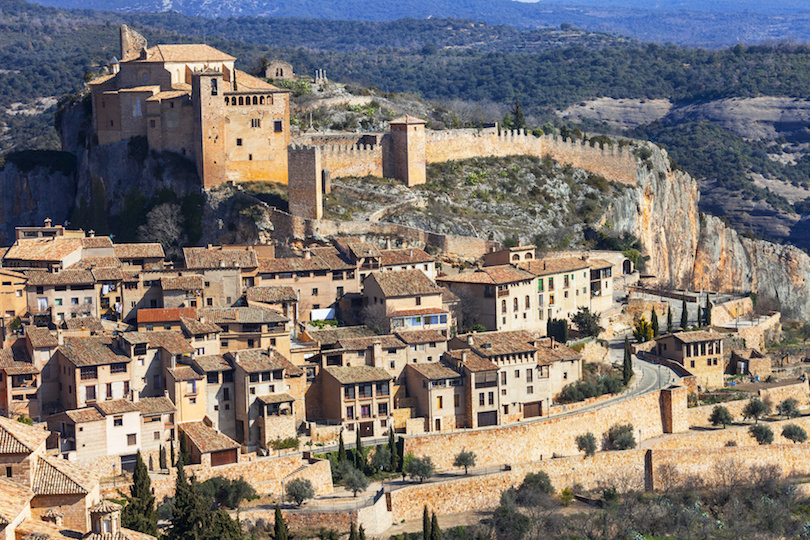
Entering the medieval village of Alquezar, built around an 8th-century Moorish hilltop citadel and accessed via a Gothic gate, is like stepping back in time. You’ll find an ancient square lined with cobbled streets and arcaded stone houses.
When the Christians took over the village, they built the 11th-century Santa Maria la Mayor collegiate church (rebuilt in the 16th-century) – now one of the most visited tourist attractions in the region.
The village’s other claim to fame is the 60-plus caves, home to prehistoric rock paintings. The Casa Fabian Ethnological Museum, where you can learn about the region’s history and its wine-making traditions, is also worth a visit.
But the fun isn’t only within the village limits. Perched above the foothills of the Pyrenees in the Sierra y Cañones de Guara Nature Reserve, Alquezar is surrounded by endless countryside. It’s the ideal destination for a host of outdoor adventures, such as hiking, biking, horseback riding, rock climbing, and canyoneering.
5. Jaca
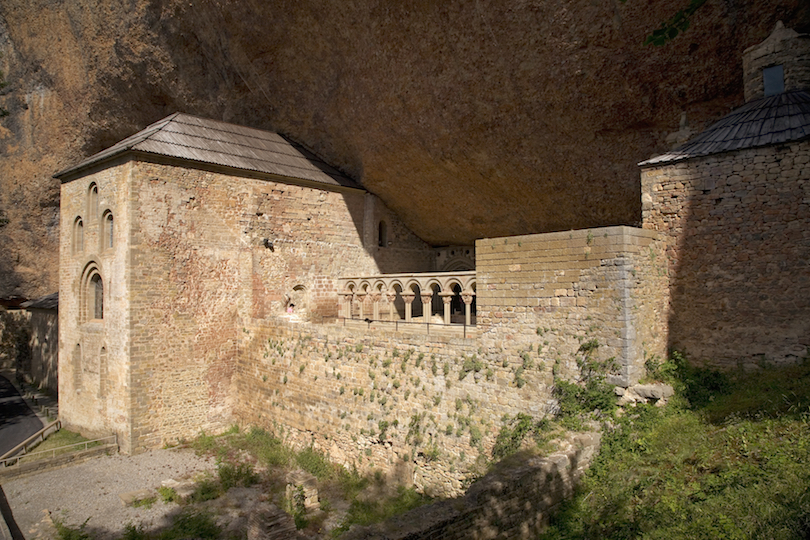 © Joe Sohm / Dreamstime
© Joe Sohm / DreamstimeLovingly dubbed ‘the Pearl of the Pyrenees,’ Jaca is a vibrant city and popular tourist destination along the Camino de Santiago pilgrimage route. Located close to Astun and Candanchu, Jaca also offers a quieter base for a winter skiing holiday in the Aragon Pyrenees.
Dating back to the 3rd-century BC, many features make this Spanish city stand out. Most notable is its 16th-century Jaca Citadel, a pentagonal fortress containing the Museum of Military Miniatures.
Other fascinating sights to explore in the old town include the 11th-century San Pedro Cathedral with its Romanesque and Gothic frescoes, the 15th-century Gothic Clock Tower (or Prison Tower), the Benedictine monastery, and the San Miguel Bridge.
Worked up an appetite? Take a seat and people-watch from one of the many quirky tapas bars. You’ve earned it!
4. Teruel
 © Igor Dymov / Dreamstime
© Igor Dymov / DreamstimeOne of the smallest capitals in Spain, Teruel is home to just 35,000 permanent residents. However, what it lacks for in crowds, it more than makes up for in medieval landmarks and monuments. The city is known for its Mudejar architecture, dinosaur fossils, and countless historic buildings.
For the best example of Mudejar architecture, visit the 12th-century Teruel Cathedral and admire its inspiring painted ceiling depicting medieval life. Discover 17th-century tapestries at the Convent of San Francisco, admire excellent wooden carvings at the Diocesan Museum, and visit Dinopolis, one of the largest museums of paleontology in the world.
But that’s not all. La Plaza del Torico is the literal beating heart of the city; you can find live music, dancing, and all manner of activities at any time of the day. Don’t forget to climb up to the bell tower of Torre de San Salvador for extraordinary views over the city.
3. Zaragoza
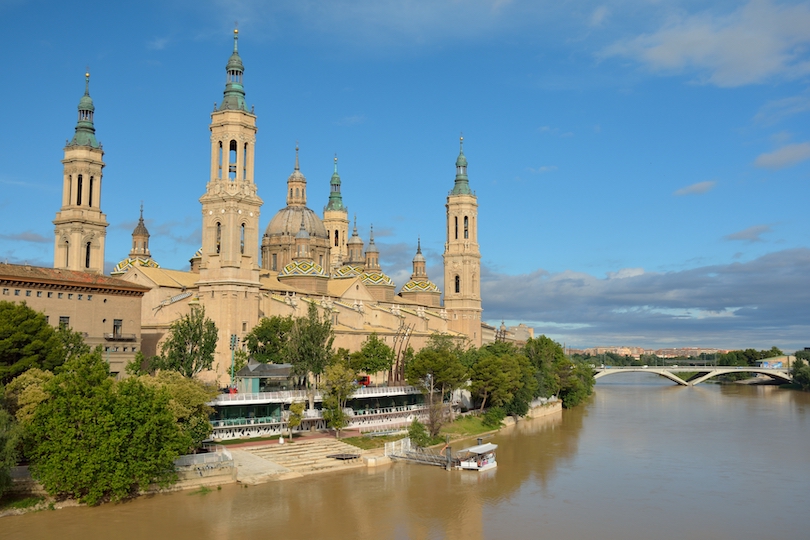
Zaragoza is one of the most underrated capital cities in Spain – it’s the fifth-largest city, yet you probably don’t know it. Located on the Rio Ebro, it’s home to over half of Aragon’s residents and it’s always buzzing. You’ll find some of the best tapas bars here!
Over the course of 2,000 years, Zaragoza has been ruled by the Romans, Moors, and Christians, who all left an impression. The historic city center is home to some of the best examples of Moorish architecture outside Andalusia – and is nearly entirely traffic-free!
Discover the Roman ruins of the Teatro Romano, the 11th-century Aljaferia Palace with its gorgeous Arabic arches and elaborate carvings, admire the Mudejar-style churches, and explore the baroque-style Basilica de Nuestra Senora del Pilar.
Art lovers will be in heaven in Zaragoza. It’s the best place to see the works of Spanish artist Francisco de Goya, who was born nearby. The Goya Museum houses 15 of his most important works of art.
2. Albarracin
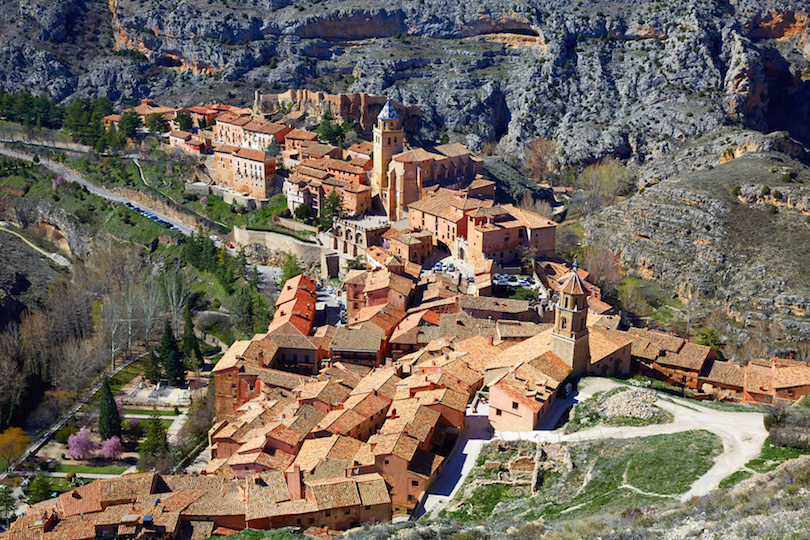
Albarracin is a small medieval town balanced theatrically on the vertical cliffs of east-central Spain. Built in a strategic location above the Guadalaviar River, bordering the three former kingdoms of Castilla, Aragon, and Valencia, Albarracin has had its fair share of Berber, Islamic and Christian rule – evidence of which can still be seen today.
Characterized by fortified walls, Moorish architecture, ancient archaeological sites, and steep, crooked streets, Albarracin offers plenty for the adventurous at heart. Walk the Walls of Albarracin and wander the maze of cobbled streets and rose-colored buildings.
Don’t miss Casa del Chorro, Casa de la Julianeta, and Casa de la Calle Azagra, which are some of the best-preserved examples of Albarracin’s old townhouses. If you’re overwhelmed, guided walks are an easier way to see the sights of this labyrinthine village.
Other worthwhile attractions include the Albarracin Cathedral and the Plaza Mayor – the town’s beating heart. Don’t forget to snap an Instagram-worthy photo at Calle Portal de Molina!
1. Ordesa National Park
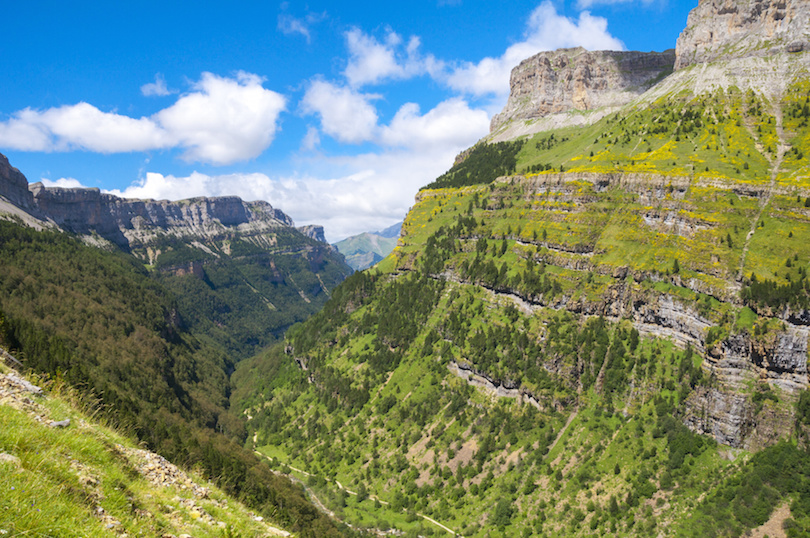
Open since 1918, Ordesa National Park was the first area to be protected in Spain – and for good reason. This spectacular landscape in the Pyrenees is filled with lush, forested valleys, roaring rivers, astonishing waterfalls, and grassy meadows. But most of all, some spectacularly rare wildlife and birds!
Hiking is the main attraction in the park, and its varied terrain means there are hiking routes for all abilities. If you’d prefer to see it all from the comfort of your car, forest tracks and buses are available, but their reach is more limited than the footpaths.
Home to four deep canyons carved into the limestone, the park is made up of the glacial Ordesa and Pineta valleys, and the river-formed Anisclo and the Garganta de Escuain valleys. The Ordesa Valley, of course, is the most famous, with towering cliffs stretching towards the Monte Perdido – the third-highest peak in the Pyrenees.
Keep an eye out for Griffon vultures along the trails, as well as rare Bearded vultures (often with two-meter wingspans) – the Spanish Pyrenees are home to the largest population in Europe! The park also has endangered Sarrios (Pyrenean Chamois) and several breeding pairs of Golden eagles. The highlight of the park is the Cola de Caballo Waterfall, appropriately named the ‘horse’s tail.’

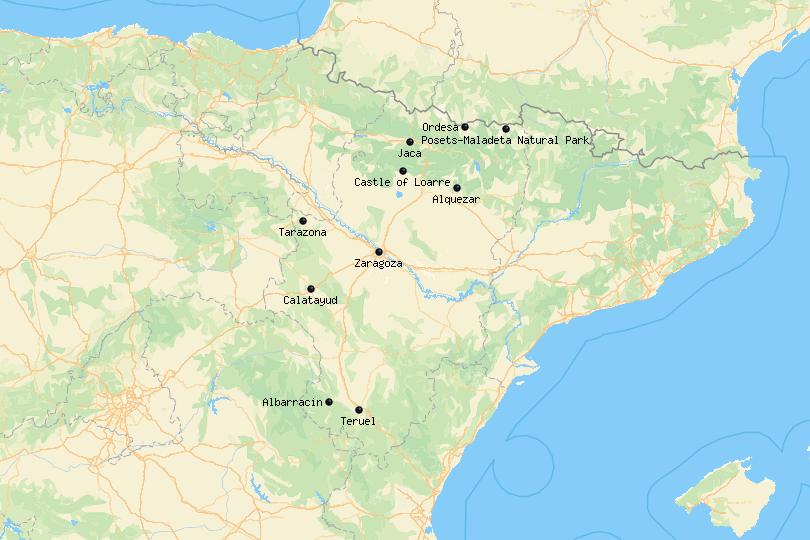

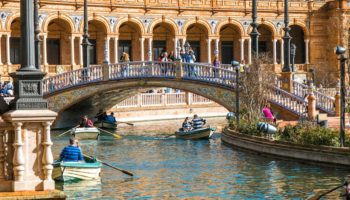
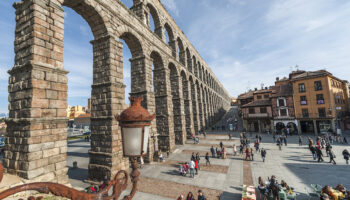
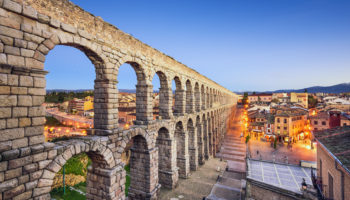

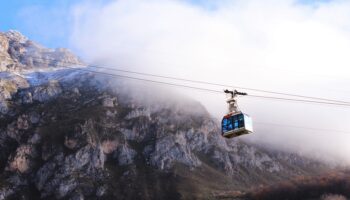
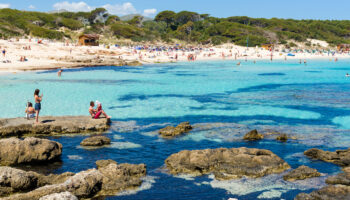
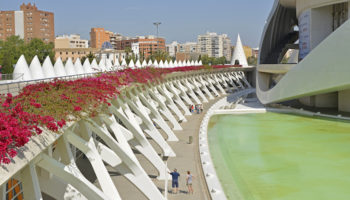
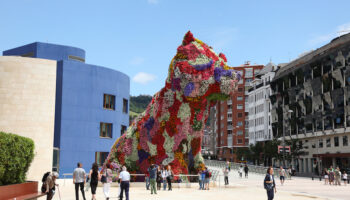

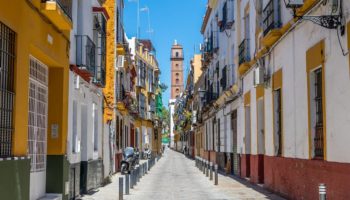
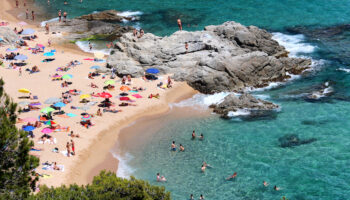
Leave a Reply